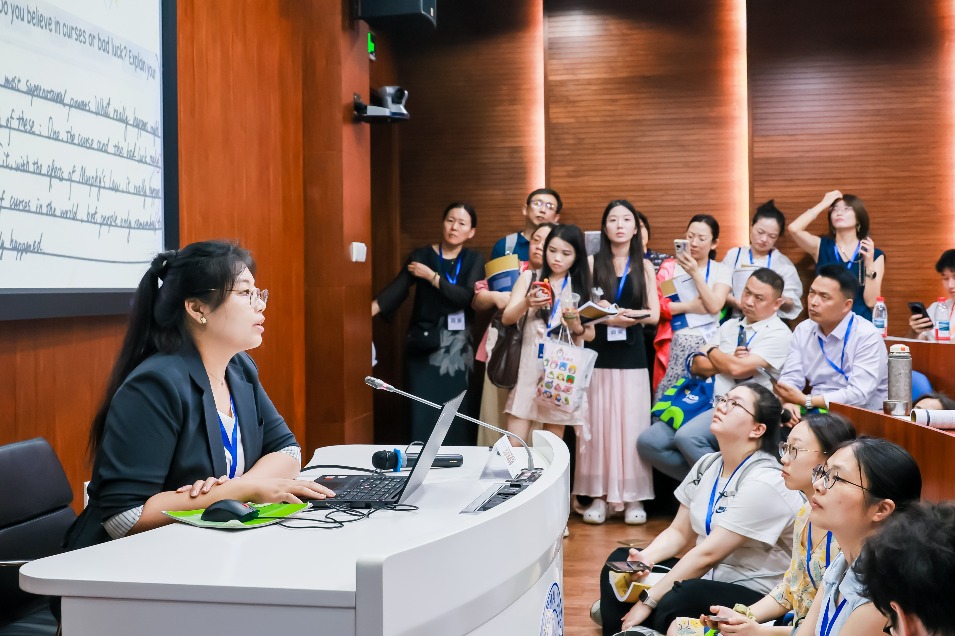The waterway in snapshots
Amateur and professional photographers have traversed great distances to stitch up a breathtaking panorama of the Grand Canal for posterity, Xing Yi reports in Shanghai.

The Grand Canal is a flowing epic of transformation. The artificial waterway runs more than 2,000 kilometers from north to south across the vast eastern plains of China. Since its digging began in the 5th century BC, it has witnessed dynastic transitions, and has been an eloquent testimony to landscape changes, offering an economic lifeline to people living on its banks.
Given its incredible age and sheer length, no one has seen the Grand Canal all through. However, some avid lensmen have chronicled its existence, one frame at a time. Pieced together, these photographs-captured over several decades-are visual evidence of the canal's past for the future. As they say, pictures are a return ticket to a moment otherwise gone.
Cycling tours
In June 1981, magazine photographer Liu Shizhao and journalist Shen Xingda set out on a Grand Canal reporting tour. They bade farewell to Tongzhou, the waterway's north end in Beijing, and pedaled toward the south end in Hangzhou, Zhejiang province.
The duo halted in towns along the banks, clicked photographs and interviewed people. The remarkable journey-interrupted only by scorching summer heat and subzero winter temperatures-ended after two years, during which 3,000-plus pictures were taken and stories written to accompany them.
Serial reports about the water corridor were published in the Japanese edition of the People's China magazine over the following two years.
"It was probably the first time the Chinese media went to such great lengths to cover the Grand Canal," says Liu. "We received several letters from readers after the reports were published. I remember one Japanese reader asking me to sign a photograph."
Subjects for his camera were way too many, from fishermen in boats, people at temple fairs, traders in mule and horse markets, street hawkers preparing deep-fried dough cakes and village children learning acrobatics, to bridges, wood and stone houses, monuments, towers and tombs.
"When we arrived at Gongchen Bridge, which marks the end of the canal in Hangzhou, we were both relieved and excited. We made a pact to cycle along the canal one more time after 10 years," the photographer recalls. "But life got busy and we never managed to realize that dream together."
In 2016, Liu, then 68, retraced the route they had taken 35 years ago. Shen was too old to join the cycling trip, so only a camera kept Liu company. "I found that many places and customs along the canal had changed because people's livelihood did not essentially depend on the waterway anymore," he says.
Liu is still organizing the several thousand photographs taken during his two trips. He is digitizing and labeling the significant ones, and has agreed to donate these pictures to the Capital Museum. "I want the photos to aid historical research, evoke interest and prompt conservation of the canal culture," he says.
Witness to change
Growing up by the canal in suburban Hangzhou, photographer Zhong Liming, now 61, keenly observed the transformation of life and livelihood for half a century.
"I vividly remember taking a boat to visit my grandparents and relatives in nearby villages in the 1960s. The distinct smell of the water and the banks fringed with reeds are among my fond childhood memories," Zhong says. "Back then, my father used a boat to transport fertilizers and harvested rice. Nowadays, very few farmers use boats."
In the 1980s, Zhong worked as a civil servant in Shitang, a small village by the canal. "There used to be rows of single-story houses. Things are way different now. Most people live in multistoried buildings and own cars," he says.
Zhong took up photography as a hobby in 2009, capturing rural life by the canal in Zhejiang and Jiangsu provinces, visiting families who still stay in barges and taking pictures of their lives on water. He noted the closing down of many factories along the canal. He also chronicled the shifting of the century-old Hua Feng Paper Mill in 2018.
Using his spare time over the past decade, Zhong has photographed cities and towns along ancient waterways in the Yangtze River Delta, including the Grand Canal. Now that he has retired from his regular job, he plans to go up north and click more canal settlements.
"I have tried my best to document people's everyday lives for years. These photos mirror the passage of time. We will surely witness more changes along the waterway as the country develops," he says.
Bird's-eye view
Ma Wenxiao first laid his eyes on the Grand Canal during an aerial photography assignment before the 2008 Summer Olympics in Beijing.
From a helicopter, Ma was documenting the city's development along Chang'an Avenue. When they flew eastward, the canal came into focus by a cluster of factories around the Beijing Dongfang Chemical Plant.
"Back then, the area was still highly polluted. But now, it is a big park and the green lung of Tongzhou district," he says.
As deputy editor-in-chief of the newspaper Capital Construction, Ma has dedicated himself to documenting changes in Beijing, particularly those in the capital's subcenter of Tongzhou. The growing popularity of drone cameras in recent years has only made that job easier. "A bird's-eye view of the waterway is always more appealing," he says.
After the Grand Canal was listed as a UNESCO World Heritage Site in 2014, more parks mushroomed along its Beijing section in Tongzhou district. In the past three years, the local governments of Beijing and Hebei province have also worked to restore the 62-kilometer cruising route from Tongzhou to Langfang.
When the route redo was finally completed in June, Ma went to photograph tourists crossing the navigation lock on the border between Beijing and Langfang. "From above, you can see the beautiful river bend, the vast swathes of green along the banks, the improved air quality and the clear water below. Thanks to sustained antipollution campaigns, it is indeed a transformation," he says.






Today's Top News
- China and US agree to extend tariff rates after two-day talks in Stockholm
- US, China trade talks candid, in-depth, constructive, says China intl trade representative
- China unveils delegation for Chengdu World Games
- Xi urges youths to champion vision of peace
- All-out relief efforts underway in flood-hit regions
- Xi sends message to World Youth Conference for Peace






























